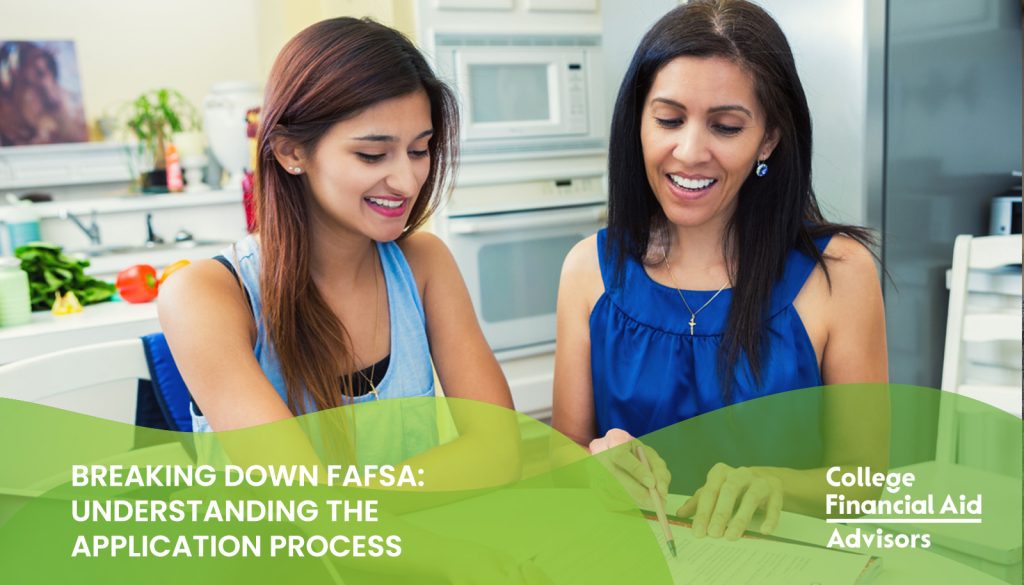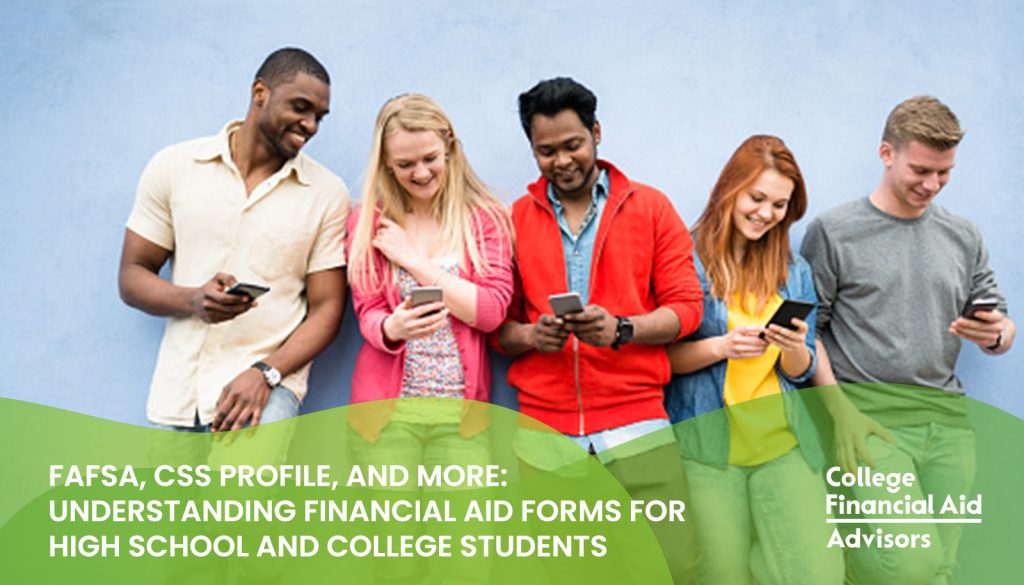Early Action vs. Regular Decision: Which Is Best for Your Financial Aid Strategy for College?
As a high school senior, you’re juggling a lot—essays, recommendations, deadlines, and, of course, the pressure of figuring out how to pay for college. Among all these decisions, one of the most important is when to apply. Should you go for Early Action or stick to the more traditional route with Regular Decision? If your family is navigating the financial aid process, the timing of your application can impact your financial aid strategy, too. Early Action vs. Regular Decision: The Basics Early action applications are typically due in early November and you hear back by mid-December. It’s also non-binding. If you’re admitted, you’re not required to attend. You have until May 1st to decide. You will still receive your financial aid package along with your acceptance decision. But you’re not required to make a decision on financial aid immediately. Regular decision applications are due in January and you’ll receive decisions in March or April. Students then have until May 1st (National College Decision Day) to decide where to attend. You can apply to as many schools as you like. You’re not committed to attend any particular school until May 1st. Additionally, you’ll receive your financial aid package after your acceptance (typically in March or April), but you have more time to evaluate the offers. How Does Timing Impact Your Financial Aid? The timing of your application—whether you choose Early Action or Regular Decision—can influence both the financial aid options available to you and your ability to make a fully informed decision. With Early Action, you may receive your admission decision in December, but financial aid offers often won’t arrive until later. This can create some uncertainty if you’re admitted early. You must make decisions about your future without knowing your full financial picture. On the flip side, Regular Decision applicants typically hear back in March or April and will receive both their admission and financial aid offers at roughly the same time. This gives you more time to review the financial aid packages from all of the schools you’re considering, which is especially important when comparing grants, scholarships, and loans. Comparison Shopping for Financial Aid When applying via Regular Decision, you have the benefit of applying to multiple schools and having a clearer understanding of your financial aid options. This is crucial for families who are trying to balance college affordability with their ideal school list. If you’re accepted to multiple schools, you’ll be able to compare the financial aid offers you receive. This includes comparing scholarships, grants, federal loans, and work-study opportunities. By receiving your financial aid package later, you’re in a better position to make a fully informed decision. With Early Action, while you may have your admission decision early, the financial aid offers typically don’t arrive until later. Therefore you may not have as much time to compare offers. Additionally, some schools may prioritize financial aid packages for Regular Decision applicants to ensure they’re fully funded before offering aid to those applying earlier. The Risk of Missing Out on Potential Aid Some schools have limited financial aid resources, especially merit scholarships, and they award aid on a first-come, first-served basis. For students applying via Early Action, there may be an advantage if you’re applying to schools that give out merit-based scholarships. However, applying early does not guarantee better financial aid. In fact, some colleges may allocate the majority of their available financial aid funds to Regular Decision applicants. This is particularly true at schools where aid is not awarded on a rolling basis. Need-Based Aid and FAFSA Timing Need-based financial aid is determined by the Free Application for Federal Student Aid (FAFSA). Many schools use the FAFSA and CSS Profile for additional aid analysis. These forms open on October 1st each year (December 1st this year!!). It’s advisable to submit them as soon as possible, regardless of whether you’re applying Early Action or Regular Decision. Which Should You Choose? Early Action or Regular Decision? Ultimately, whether you choose Early Action or Regular Decision should depend on your specific financial aid strategy and your priorities. If you’re relying on need-based aid and want to compare financial aid offers from multiple schools, Regular Decision is likely the best choice. It gives you more time to evaluate your options. You can receive all your financial aid packages, and make a more informed decision. If merit scholarships are a significant part of your financial aid strategy, applying Early Action may help you secure funding sooner. This is especially true at schools that offer automatic merit-based scholarships for early applicants. If peace of mind and knowing your college admission status early are important to you, Early Action can relieve some of the stress of waiting for an acceptance decision. Just be prepared to potentially wait a little longer for financial aid offers. No matter which route you take, make sure to stay on top of FAFSA deadlines and research your schools’ financial aid policies. Don’t forget to seek advice from your school counselor or aid advisor to make the best decision for you and your family. Happy applying, and good luck with your financial aid planning! More about Jodi and College Financial Aid Advisors Jodi is a FAFSA financial advisor who helps with the financial aid process to help families of college students maximize their financial aid. From completing the FAFSA and completing the CSS Profile to reviewing the SAR, responding to requests for verification, comparing financial aid offers and understanding student loan options, Jodi is a fantastic resource when it comes to student financial aid. Schedule a 15 Minute Power Chat to learn more about finding ways to pay for college.










